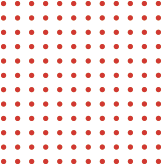The 6 Best Balance Bikes: Roundup for Budding Cyclists
Table of Contents
Picking the Perfect Pedal-less Companion
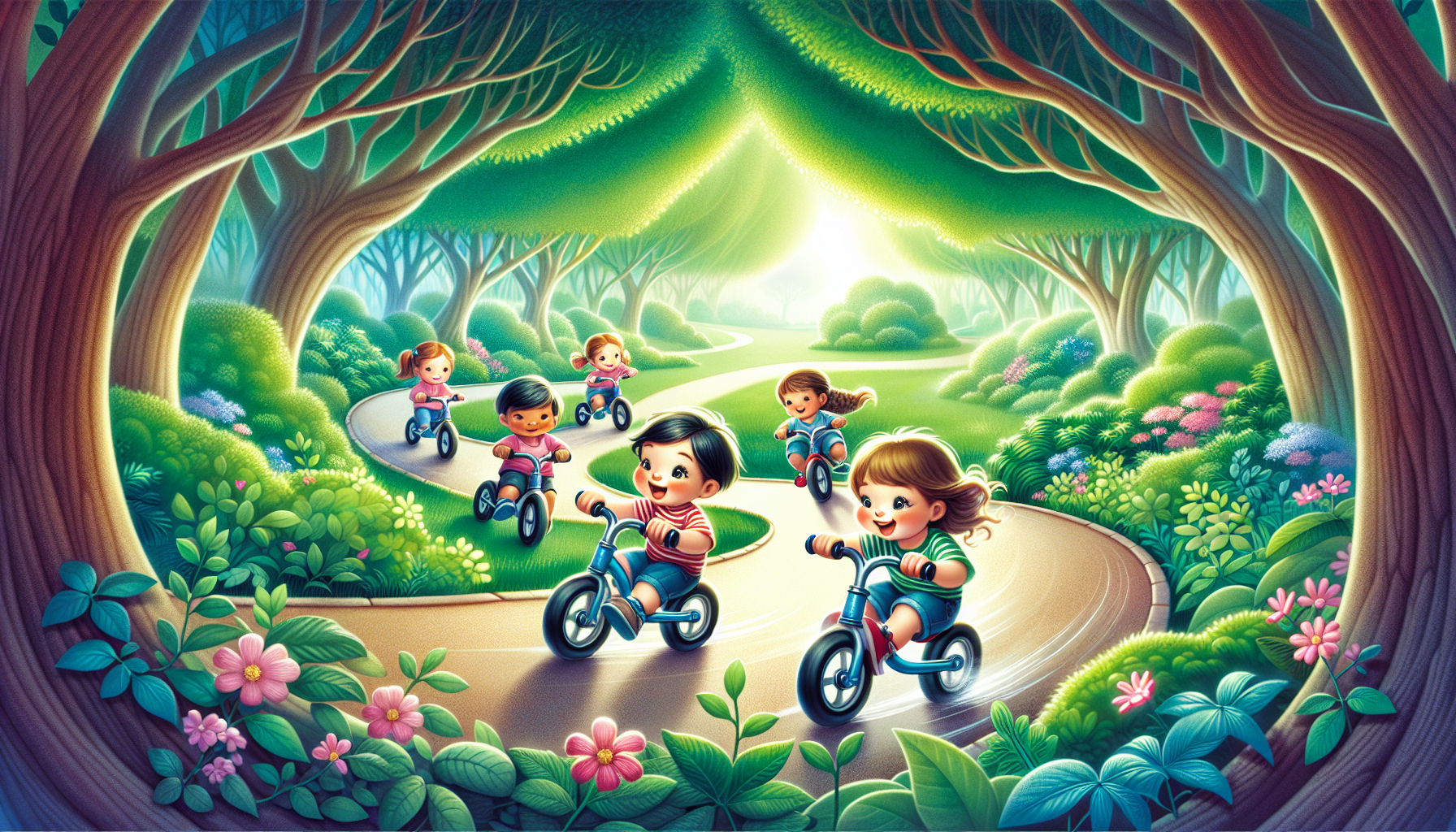
- Best Overall: Guardian Balance Bike
- Best for Adventurous Tots: REI Co-op Cycles REV 12 Kids’ Balance Bike
- Best Budget-Friendly Option: Banana Bike GT
- Best for Young Beginners: WOOM 1
- Best Convertible Balance-to-Pedal Bike: Strider 14x Sport
- Best for the Littlest Learners: GOMO Sprout
Best Overall Balance Bike: Guardian Balance Bike
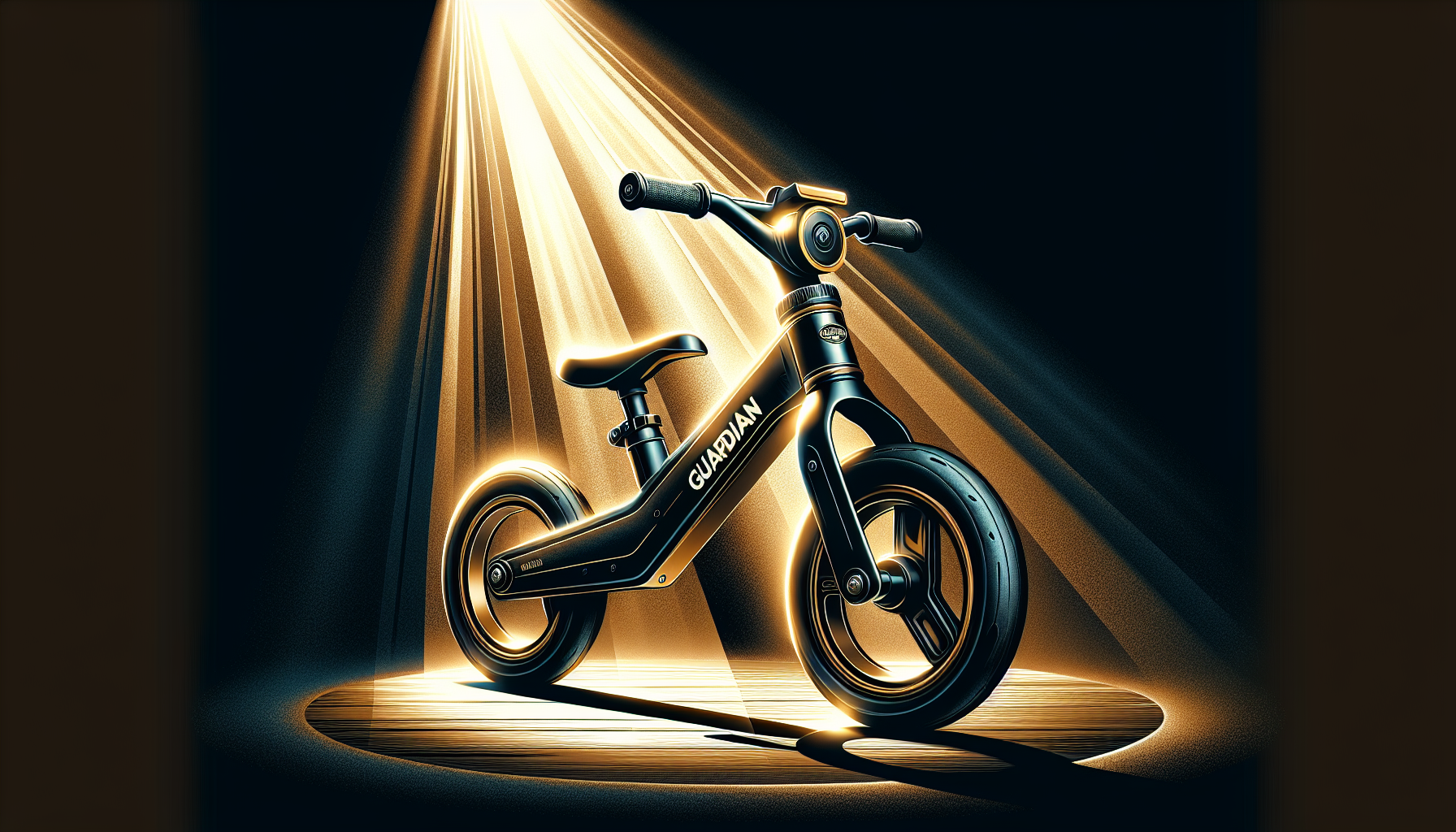
Price: $129 Specifications:
- SureStop handbrake system with brake lever
- Low stand-over height of 7 inches
Pros:
- Durable
- Safe
- Stylish design
- Excellent customer service
Cons:
- Might be heavy for some kids
- Featuring a proprietary SureStop handbrake system designed to slow both the front and back wheels, it ensures safer stops for our little riders.
- Aesthetically, it’s a head-turner with its flashy design, but it’s not just about looks.
- The bike is assembled with flattened axle bolts to reduce the risk of scratches from protruding edges, emphasizing safety in its design.
Rating:
- Price: 4/5
- Design: 4.5/5
- Safety: 5/5
- Customer Service: 5/5
Best for Adventurous Tots: REI Co-op Cycles REV 12 Kids’ Balance Bike
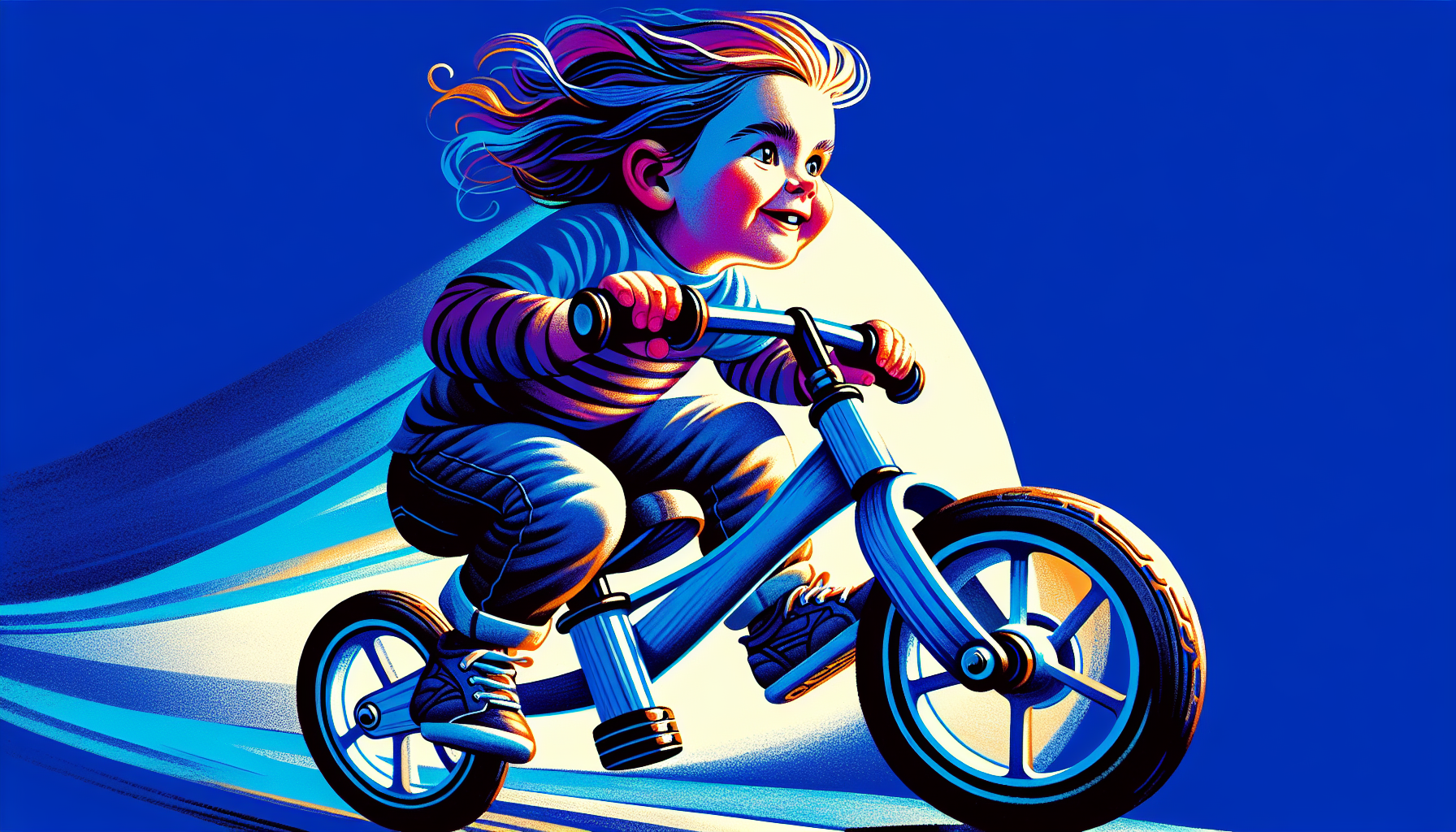
Specifications:
- Adjustable seat height range between 13.75 to 17.5 inches, with a maximum seat height of 17.5 inches
- Supports a maximum weight of 60 pounds
Pros:
- Preassembled
- Adjustable
- Suitable for older toddlers and preschoolers
Cons:
- Slightly heavier than other models
Rating:
- Price: 4/5
- Design: 4/5
- Durability: 3.5/5
- Adventure Factor: 5/5
Best Budget-Friendly Option: Banana Bike GT
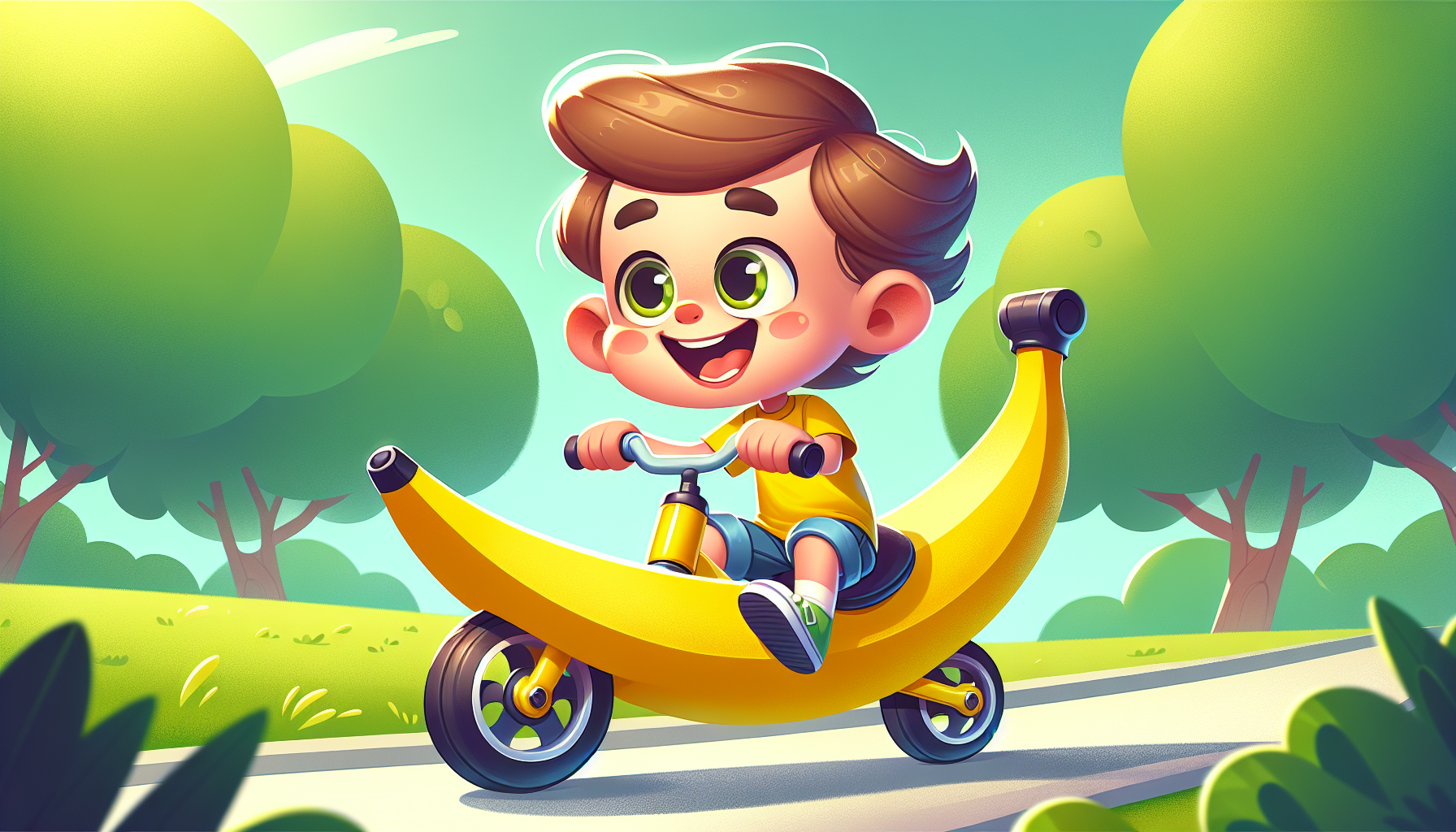
- Adjustable seat height for kids from sizes 2T to 4T
- Lightweight at 8.4 pounds
Pros:
- Economical
- Lightweight
- Adjustable
Cons:
- Durability issues
- Assembly can be challenging
Rating:
- Price: 5/5
- Design: 3.5/5
- Durability: 3/5
- Ease of Assembly: 2.5/5
Best for Young Beginners: WOOM 1

Specifications:
- Low step-through frame design
- Ergonomic grips for small hands
- Removable turning limiter
Pros:
- Easy mounting and dismounting
- Safety features for young learners
- Lightweight and visually appealing
Cons:
- More expensive than other options
- A low step-through frame design that simplifies mounting and dismounting • Ergonomic grips fit for small hands
- A removable turning limiter for gentle steering correction
- High-quality build and attention to detail
- Lightweight construction
- Available in five fun colors
Rating:
- Price: 3.5/5
- Design: 5/5
- Safety: 5/5
- Appeal: 4.5/5
Best Convertible Balance-to-Pedal Bike: Strider 14x Sport
Price: $209
Specifications:
- Converts from a balance bike to a pedal bike
- Cushioned seat and ergonomic design
Pros:
- Convertible design
- Comfortable and upright geometry, providing an upright riding position
- Encourages skill development
Cons:
- Short crank arms may compromise pedaling efficiency for taller kids
The Strider 14x Sport, a popular strider bike, stands out from the crowd thanks to its unique feature – it can be converted from a balance bike into a pedal bike. This allows it to grow with your child, from using no pedals to pedaling independently. The bike is equipped with foot platforms that facilitate gliding and learning bike tricks, adding to the fun factor.
However, as a pedal bike, the Strider 14x Sport presents a challenge due to its very short crank arms. This may compromise pedaling efficiency and balance for taller children. But if your child is on the shorter side or just starting to ride a bike, this might not be a significant issue. The versatility and adaptability of the Strider 14x Sport make it a worthy investment for parents looking for a bike that can keep up with their child’s rapid growth and development.
Rating:
- Price: 3.5/5
- Design: 4/5
- Versatility: 5/5
- Longevity: 4/5
Best for the Littlest Learners: GOMO Sprout
Price: $79.99
Specifications:
- Adjustable-height handlebars and seats
- Long wheelbase to promote stability and confidence
Pros:
- Designed for young children
- Lightweight
- Slip-proof grips with large bumpers
Cons:
- Foam tires may not provide the best traction and durability on rough or uneven terrain
The GOMO Sprout is a great starter bike for the tiniest of riders. This bike is equipped with:
- Adjustable-height handlebars and seats, perfect for your growing tot
- Slip-proof grips with large bumpers for additional comfort and safety
- Unobtrusive footrests for children who have advanced to gliding
Weighing only 8.5 pounds, this light weight item is easy enough for your child to handle.
However, the EVA foam tires of the GOMO Sprout may not provide the best traction and durability, especially on rough or uneven terrain. Despite this, the bike’s low-to-the- ground design and long wheelbase make it a safe and fun choice for your tiny person, even without the need for training wheels.
Rating:
- Price: 4/5
- Design: 4/5
- Safety: 4.5/5
- Durability: 3.5/5
Navigating Your Balance Bike Purchase
Lastly, don’t forget about the tires. Balance bikes with air tires are preferred for versatile terrain usage as they provide better traction and cushioning, although there’s a higher risk of punctures compared to foam tires.
First and foremost, the seat height. It is the most crucial specification in a balance bike. The ideal height should be 0.5 to 1 inch less than the child’s inseam to ensure proper leg extension. And as your child grows, balance bikes like the Guardian Balance Bike and the Strider 14x Sport come with adjustable seat heights to accommodate their increasing height.
Next, consider the bike’s weight. It should not be more than 30% of the child’s weight to maintain ease of handling and maneuverability. The bike’s geometry, encompassing aspects like its frame design, the wheelbase, and the position of the seat relative to the tires, significantly influences the child’s balancing capability and riding ease.
Armed with all this information, you’re ready to navigate the world of balance bikes and find the perfect fit for your child. There are few key factors to consider when making your decision.
Tailoring the Choice to Your Child's Age
When it comes to balance bikes, kid’s ages play a crucial role in selecting the right bike for your child. These bikes are suitable for children as young as 18 months, providing a fun and effective means of developing coordination, balance, and confidence at an early age. Models like the Guardian Balance Bike and the Strider 14x Sport cater to specific age ranges, with the Guardian being ideal for older toddlers and the Strider accommodating children from 3 to 7 years old.
For new riders, it is essential to set the seat height to match their inseam, allowing their feet to be flat on the ground, which aids in stopping and provides stability. As children gain experience, the seat height can be adjusted 2 to 4 inches above their inseam to encourage proper leg extension and to improve pedaling efficiency when transitioning to a regular bike.
Remember, even if a child did not start on a balance bike at the earliest recommended age, it is essentially never too late to begin. Balance bikes like the WOOM 1 PLUS, suitable for ages 3 to 5, provide an opportunity for slightly older children to build biking skills before transitioning to pedal bikes.
Understanding Balance Bike Specifications
The weight of the balance bike is also a crucial factor. It should not be more than 30% of the child’s weight to maintain ease of handling and maneuverability. Lastly, consider the bike’s geometry, which significantly influences the child’s balancing capability and riding ease.
Summary
Frequently Asked Questions
What age is appropriate for a balance bike?
Balance bikes are suitable for children between 18 months and 6 years old.
How important is the weight of a balance bike?
It’s important for the weight of a balance bike to not exceed 30% of the child’s weight for easy handling and maneuverability. Keep this in mind when choosing a bike.
What is the ideal seat height for a balance bike?
The ideal seat height for a balance bike should be 0.5 to 1 inch less than your child’s inseam for proper leg extension. Adjusting it to this height will provide a comfortable and stable riding experience.
What are some safety features to consider in a balance bike?
You should consider safety features like steering limiters, handlebar grips with protective bumpers, and hand brakes when choosing a balance bike. They help to ensure a safer riding experience for your child.
Are air tires or foam tires better for a balance bike?
Air tires are better for a balance bike because they offer better traction and cushioning, especially for versatile terrain. However, there’s a higher risk of punctures to consider.

